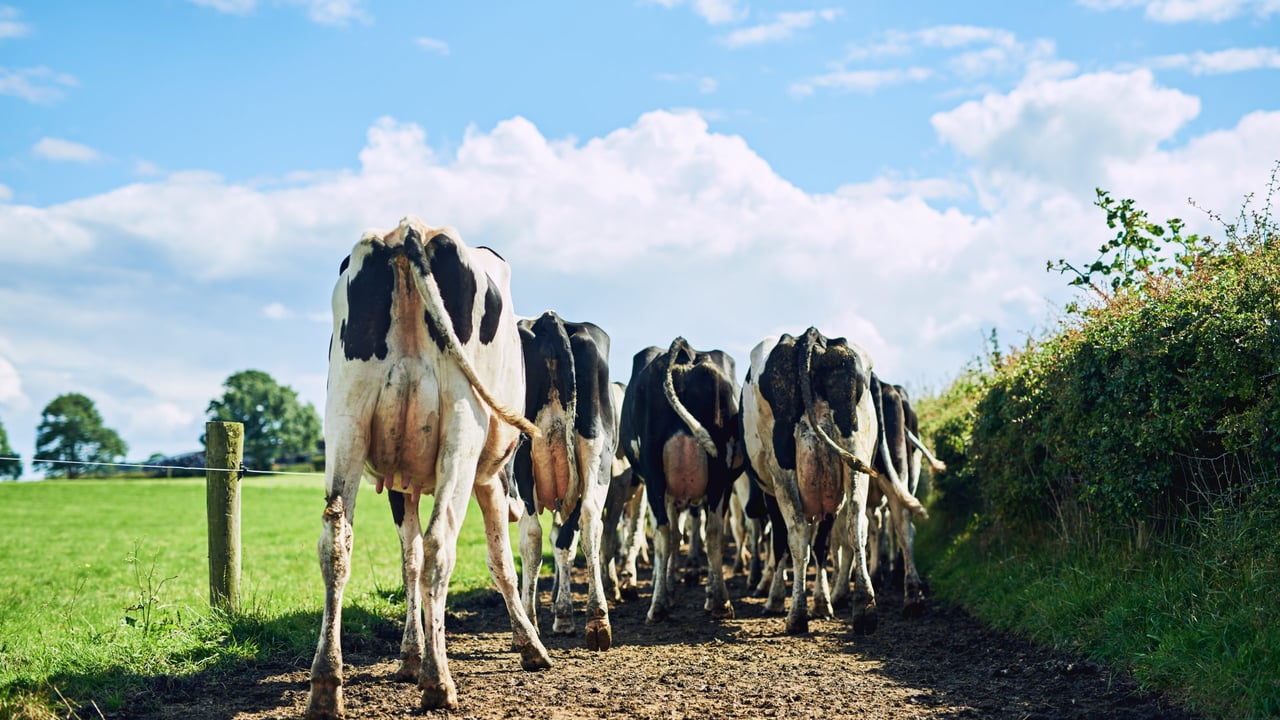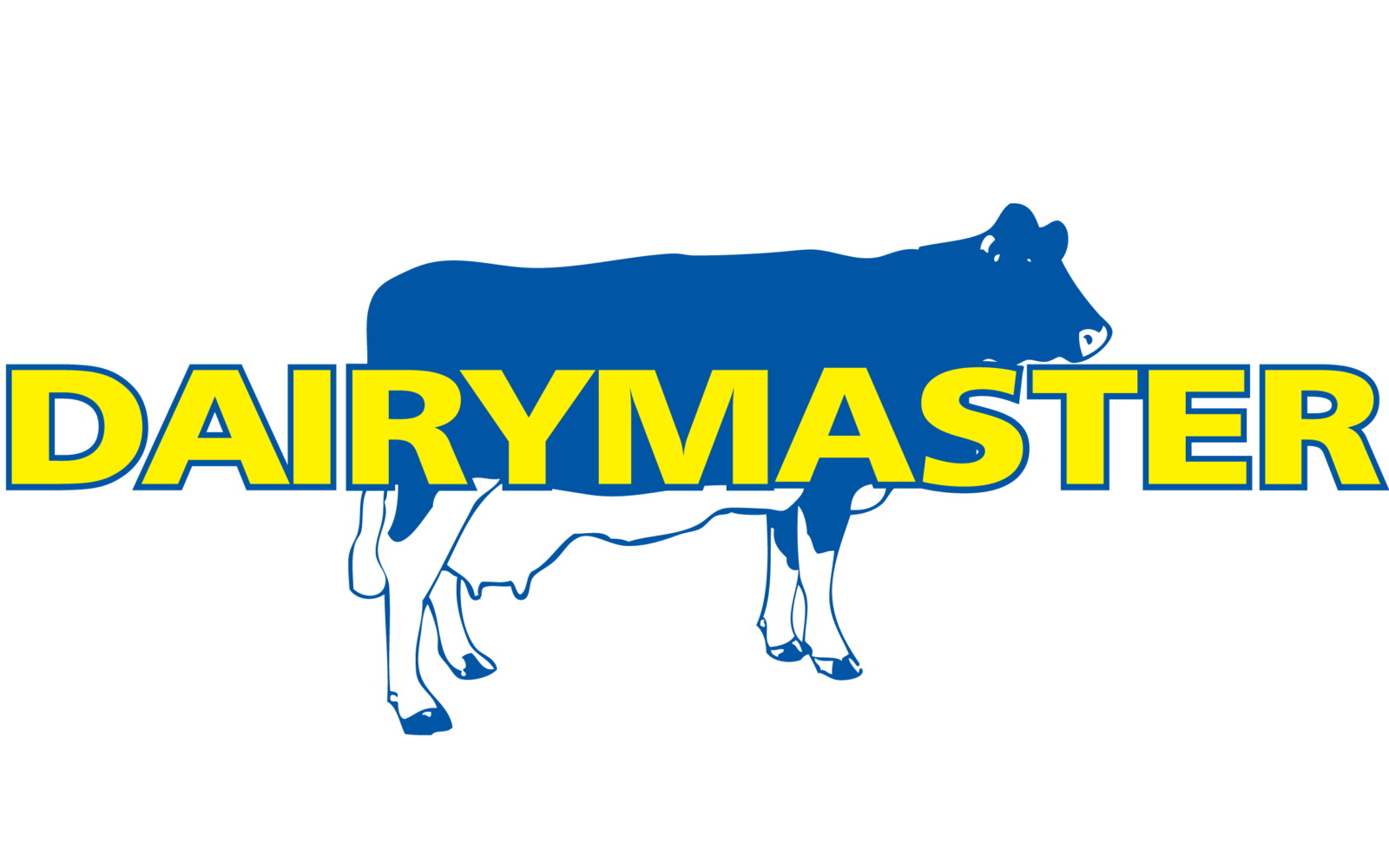Report: Irish agri needs to balance climate targets with economics
Ireland's agri-food sector plays a vital role in the national economy, while simultaneously, in terms of climate, accounts for almost 38% of national greenhouse gas (GHG) emissions.
Meeting the country’s environmental targets will require a careful balancing of environmental imperatives with economic viability and food security.
'From Policy to Pasture: Bridging the Gap Between Climate Targets and Irish Agricultural Realities' is the first publication by the Institute of International and European Affairs (IIEA), under the Pathways: Ireland’s Agricultural Future initiative.
This working paper examines the complex nature of climate change policies at both European Union and national levels, with a specific focus on Ireland’s agri-food sector.
It highlights the unique challenges Ireland faces in reconciling its position as a major agricultural producer with increasingly ambitious climate targets at national and EU level.
The paper is authored by Alan Matthews, professor emeritus of European agricultural policy at the Department of Economics at Trinity College Dublin and Matthew G. O’Neill, climate project lead at the IIEA.
According to the paper, Ireland’s agri-food sector generates €17.3 billion in gross value added and employs 173,400 people. However, the sector also accounts for 37.8% of national GHG emissions.
This compares to other EU member states where agriculture typically represents around 10% of emissions.
Ireland's agricultural sector has shown progress in abating emissions, with emissions falling by 4.6% in 2023.
However, current Environmental Protection Agency (EPA) projections indicate that agricultural emissions will fall by just 1% by 2030 with existing measures, and even with additional measures would achieve only an 18% reduction.
This would fall significantly short of the sector's mandated 25% reduction target.
The authors write: “While Ireland demonstrates high emissions efficiency in dairy and beef production compared to its EU peers and international competitors, the sector’s large contribution to the national total means that absolute emissions reduction remains imperative.”
The European Climate Law has set a 'net-zero' target for 2050 and an interim target of a net 55% reduction by 2030. The incoming European Commission has proposed a 90% reduction target for 2040.
National targets for Ireland have been established under successive carbon budgets for the Irish Climate Act.
Between EU and national legislation, for Ireland the 2030 target translates into:
- An EU legally-binding target to reduce non-ETS (emissions trading system) emissions by 42% by 2030;
- A national agricultural sector target of 25% emissions reduction by 2030;
- An EU and national LULUCF (Land use, land-use change, and forestry) target to reduce net emissions by 0.626 MtCO2e by 2030.
In Ireland, the policy measures to incentivise behavioural change are set out in successive national Climate Action Plans.
The paper outlines how the 2024 Climate Action Plan builds on the latest Marginal Abatement Cost Curve (MACC) developed by Teagasc.
This identifies potential technical mitigation options in agriculture as well as abatement options from land use management and land use change.
On the assumption that there is a very high adoption of all the measures included by Teagasc, the authors state that “achieving the 25% reduction required is very challenging but feasible”.
The paper highlights that emissions from agriculture are almost entirely made up of the non-CO2 gases of methane and nitrous oxide arising from microbial action in the soil, in animal manure, and in the stomachs of ruminants.
That this is a key difference between fossil fuel and agricultural and land use emissions. The authors write: “While food is produced, it is not possible to eliminate these emissions although of course they can and must be reduced and minimised.”
The authors go on to outline several pressing challenges facing the acceleration of agricultural emission reduction in Ireland, namely:
- Balancing the important economic role of the agri-food sector with the need for significant emissions reductions;
- Managing the current reliance on Common Agricultural Policy (CAP) subsidy payments, particularly for less profitable dry stock farms;
- Improving data collection on farm practices and emissions factors to accurately measure and reward progress;
- Enabling the national inventory to capture and account for the mitigation efforts that farmers are making.
The major funding mechanism to deliver on the agriculture sector’s climate objectives in the Climate Action Plans is the CAP. This will deliver €9.9 billion to farmers over the five-year period 2023-2027.
Market forces are also increasingly pushing Irish agri-food companies to reduce their supply chain emissions, driven by evolving demands and competitive pressures.
While the potential cost of underperforming in relation to Ireland’s ESR (Effort Sharing Regulation) targets is highly speculative at this stage, based on estimates made by the Department of Public Expenditure and Reform in 2023, the cost of non-compliance could be between €3.5 and €8 billion.
The Irish Fiscal Advisory Council more recently suggested the figure could even be as high as €20 billion.
The paper ends with a spotlight on some key events and decisions in 2025 that will shape the continuing evolution of both national and EU climate policy.
These are outlined as:
- Update of Irish carbon budgets;
- Commission legislative proposal for the 2040 climate reduction target;
- Update of the EU’s Nationally Determined Contribution 3.0;
- Report from the European Scientific Advisory Board on Climate Change on reducing EU agricultural emissions;
- DG CLIMA consultancy study on design of AgETS (agricultural emissions trading scheme);
- Commission Vision Paper on the Future of Agriculture;
- Commission MFF proposal and accompanying legislative proposal for CAP post-2027.
Underpinning their significance, the authors expect “all these initiatives will feed into the planning for Ireland’s forthcoming presidency of the Council of the European Union from July to December 2026".
The authors conclude that “meeting environmental targets for Ireland's agri-food sector will demand unprecedented collaboration between policymakers, farmers, and stakeholders, carefully balancing environmental imperatives with economic viability and food security".
They find that while achieving the required 25% reduction relative to 2018 levels by 2030 is extremely challenging and current progress falls short, it appears feasible with high adoption of measures from the Teagasc toolkit and a combination of technological adoption, policy measures, and market incentives.





